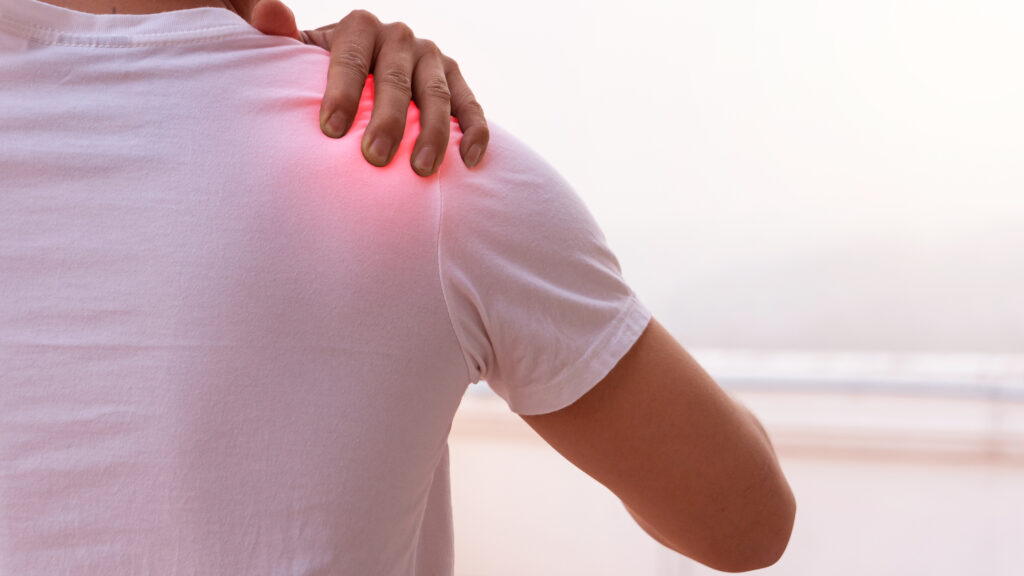The Superior Role of Umbilical Cord-Derived Mesenchymal Stem Cells in Tendon Regeneration
In recent years, mesenchymal stem cells (MSCs) have garnered significant attention for their potential in regenerative medicine, particularly in the repair of tendon injuries. While MSCs can be sourced from various tissues, including bone marrow (BM), umbilical cord blood (UCB), and umbilical cord tissue (UC), the comparative efficacy of these different sources in promoting tendon regeneration has remained largely unexplored. A recent study conducted by Ji-Hye Yea, Yeasol Kim, and Chris H Jo aims to fill this gap in knowledge by investigating the regenerative capabilities of MSCs derived from these three distinct sources.
The researchers set out to evaluate the potential of BM, UCB, and UC MSCs to differentiate into tendon-like cells within a tensioned three-dimensional construct (T-3D). This innovative approach allowed the team to conduct gene and histological analyses to assess the effectiveness of each MSC source in tendon regeneration.
To better understand the performance of these MSCs, the researchers created full-thickness tendon defects (FTD) in the supraspinatus of rats and treated them with saline, BM MSCs, UCB MSCs, or UC MSCs. After two and four weeks, the team conducted thorough histological evaluations to assess the healing process.
The results were illuminating. Upon inducing tenogenic differentiation, UC MSCs exhibited a remarkable increase in gene expression levels of key markers associated with tendon formation, including scleraxis, mohawk, type I collagen, and tenascin-C. Specifically, these markers were upregulated by 3.12-, 5.92-, 6.01-, and 1.61-fold, respectively, showcasing the superior differentiation potential of UC MSCs compared to their BM counterparts. Additionally, the formation of a tendon-like matrix was found to be 4.22-fold greater in UC MSCs relative to BM MSCs in the T-3D environment.
In the subsequent animal experiments, the findings further underscored the advantages of UC MSCs. The total degeneration score was significantly lower in the UC MSC group than in the BM MSC group at both the two- and four-week marks. Furthermore, the study noted a reduction in glycosaminoglycan-rich areas in the UC MSC group, indicating enhanced organization and structure in the healing tendon, while the BM MSC group displayed a larger area compared to the saline group at the four-week evaluation.
The overarching conclusion of this study is clear: UC MSCs demonstrate superior capabilities in differentiating into tendon-like lineage cells and in forming a well-organized tendon-like matrix under T-3D conditions. This research highlights the potential of UC MSCs in enhancing the regeneration of full-thickness tendon defects, presenting a promising avenue for future therapeutic strategies in tendon injuries.
Overall, the work of Yea, Kim, and Jo contributes valuable insights into the field of regenerative medicine, particularly in the quest for effective treatments for tendon injuries. As we continue to unravel the complexities of stem cell biology, the findings from this study pave the way for more targeted and effective approaches to tendon repair and regeneration.


